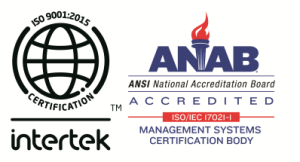Defects typically occur during the casting process. Even if a high-quality design and moulding could improve your chances of creating a defect-free cast, there are still times when defects are unavoidable due to human interference and limitations in quality control. Only through proper assistance from a seasoned brass casting service can you minimize such defects.
Proper casting material will still have some defects, but foundry professionals are researching to reduce them. Non-destructive methods such as radiography, magnetic particle, ultrasonic, and die penetration testing are among those that could detect issues on the cast.
Certain conditions can cause certain defects and these include improper melting of the brass, a defective mould, an issue with the moulding material, and the design of the pattern. Improper mould cooling, defective gating systems, and improper venting could cause issues, too. With the right brass casting service, you can avoid or at least effectively manage those conditions to prevent the most typical casting defects.
Casting defects are classified into different types: blow hole, scab, scar, penetration, mismatch, misruns, cold shut, hot tear shrinkage, warpage, pin hole buckle, and swelling. A good brass casting service should be able to remedy these defects effectively. A mismatch or shift defect occurs due to the misalignment of the lower and upper part of a casting and the misplacement of the core at the parting line, and the remedies for this include proper alignment of the die part or pattern and the moulding boxes. The pattern must be checked to see if it is correctly mounted on the pattern plates, and the flask’s alignment must be verified.
Swell occurs when the mould cavity is enlarged due to the molten metal pressure. The cause is improper or defective mould ramming, so the remedy is to do those actions properly and evenly. Blowholes occur when gases are trapped on the casting’s surface as the metal solidifies due to low permeability, excessive moisture, or insufficient venting. A brass casting service can remedy this by controlling the moisture content and ensuring adequate ventilation. Drop defects can occur when there is insufficient fluxing and reinforcement of the sand projections, so they are remedied by ensuring proper fluxing of the molten metal to remove the impurities.



